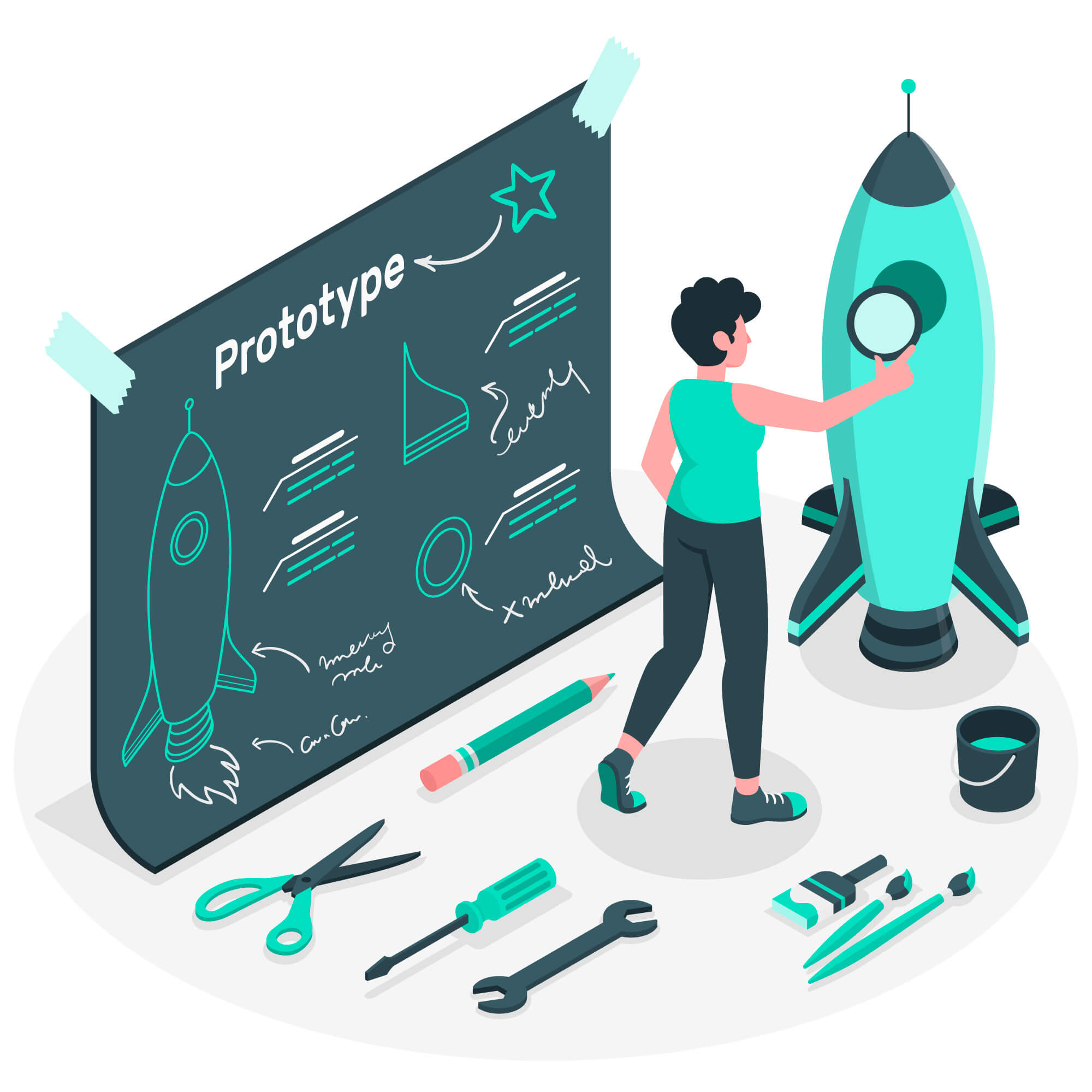Building Products People Actually Want (Without Blowing the Budget)

We’ve all heard the stories: a team spends months, sometimes years, working on a product they believe will change the world, only to launch and realize no one actually wanted it. The features are polished, the branding is slick, but the core problem? It never truly connected with real users.
The good news: building products people actually want doesn’t have to mean draining your budget. In fact, some of the smartest product development strategies focus on doing less, not more, and learning quickly instead of investing heavily up front. Here’s how you can create something meaningful without maxing out your resources
Step 1: Start with the Problem, Not the Product
It’s tempting to jump straight into solution mode. After all, new ideas feel exciting. But product development that begins with features instead of problems often misses the mark.
The question isn’t “what can we build?” but “what pain point are we solving?” Spend time talking to your potential users, asking not just what they want but what frustrates them daily. For example, instead of asking, “Would you use an app that tracks your workouts?” dig deeper: “What’s the hardest part about staying consistent with exercise?”
When you start with the problem, you build a product that naturally feels useful because it addresses a need people already have.
Step 2: Validate Early, Validate Cheap
One of the biggest myths in product development is that you need a fully functional product before you can test your idea. The reality? You don’t.
Validation can start small and simple:
- Share a landing page with mockups and see if people sign up.
- Run a quick prototype through user testing tools.
- Create a slideshow walkthrough can reveal whether the idea resonates.
For example, before writing a single line of code, create a simple demo video showing how the product would work. If the video attracts signups, it shows that people are potentially interested in your product and you should consider moving to the next step.
This lightweight, validation-first approach not only saves money but also helps to ensure that you are building something people genuinely care about.
The goal is to collect signals that your concept is worth pursuing before investing in full-scale design and engineering. If people aren’t biting on the lightweight version, chances are they won’t flock to the polished product either.
Step 3: Prioritize Ruthlessly
When budgets are tight, everything can’t be a “must-have.” In fact, even when budgets aren’t tight, successful product development is about making tough calls on priorities.
Here’s a useful exercise: write down every feature you think your product needs. Then challenge yourself to cut that list in half. What’s left should represent the true core of your product. That is, the features that make it functional and valuable from day one.
This ruthless prioritization doesn’t mean you’ll never build the “nice-to-haves.” It simply means you’re sequencing them wisely, based on real-world feedback. Deliver the essentials first, then let your users tell you what they want next.
Step 4: Use Lean Tools and Methods
Not every solution requires a custom-built, expensive tech stack from day one. In modern product development, there are plenty of low-cost, high-impact tools that can help you get off the ground:
- No-code platforms to test workflows or user experiences.
- Open-source libraries to save development time.
- Off-the-shelf integrations for payments, authentication, and analytics.
These tools allow you to validate the product without reinventing the wheel. Once your concept is proven and demand is clear, you can scale into more custom and robust solutions.
Step 5: Build Iteration Into the Process
A lot of teams think “launch day” is the finish line. But in product development, it’s really just the starting point.
Iteration is where the real magic happens. Every piece of feedback, every click pattern, every customer support ticket is data that can inform your next move. The best products aren’t built in one sweeping gesture. They’re refined over dozens of small, intentional changes.
This is also where the budget-friendly approach pays off. By investing gradually and adapting as you go, you avoid the costly mistake of overbuilding a product no one ends up using.
_____
Building products people actually want doesn’t require massive budgets, endless features, or months locked in a development cycle. It requires focus, humility, and a willingness to test early and often.
By starting with the problem, validating cheaply, prioritizing ruthlessly, using lean tools, and embracing iteration, you can align product development with real user needs while keeping your budget under control.
At the end of the day, it’s not about building the biggest or flashiest product. It’s about building the right one—the product that solves a problem so clearly that people can’t imagine life without it.
Need some help with product development? Get in touch today to connect with our team of experts who can take you from idea to launch.
Get the partner you've been waiting for.
Have a new project coming through the pipeline?
Tell us all about it and we’ll show you why we’re the right choice.




